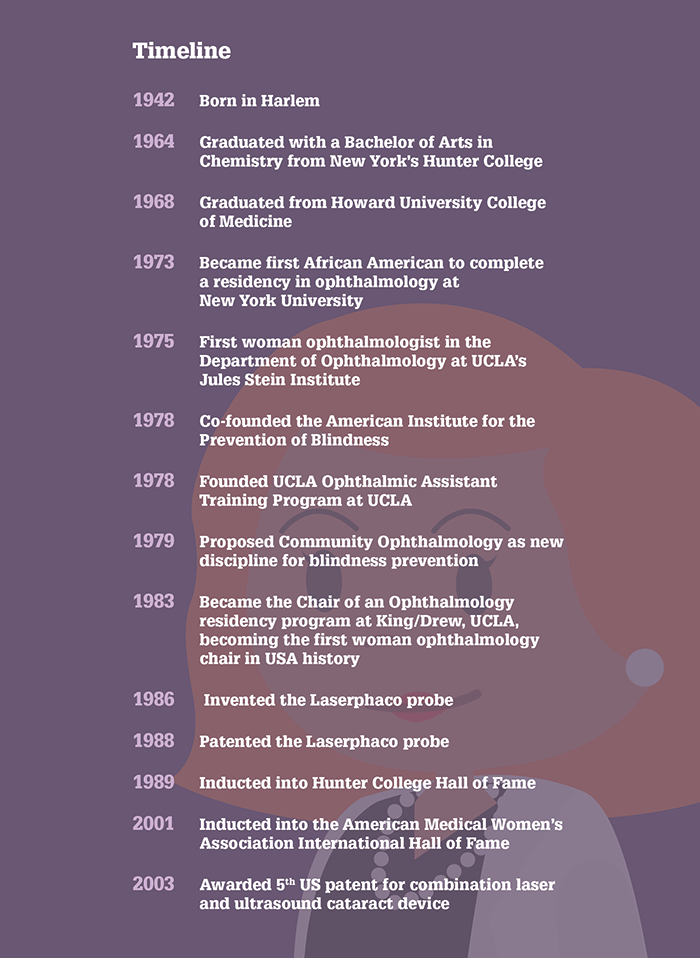Paradoxically opioid abuse has worsened since many state medical licensing boards now issue CME requirements for physicians to obtain CME regarding opioid prescription for re-licensure. Is this a statistical oddity ? Several years ago a rating scale from 1-10 was recommended to quantify patient pain. How bad is your pain? It is mostly a subjetive statement b a patient. A 10 is the worst pain you have ever experienced, affecting thought or movement This measures intensity but ignores duration of pain which can be as important as the level of pain.
The scarcity of doctors trained to deal with addiction is acute, and the issue resonates in cities and towns across the country, where roughly 20,000 people die annually from opioid-related overdoses. In the face of one of the country’s most pressing and fastest-growing public health crises, few primary care doctors treat substance abuse disorders, even though they are uniquely positioned to recognize problems and help patients before it’s too late.
Instead, many primary care doctors follow an old script: Refer patients to addiction centers and Narcotics Anonymous, and move on.
The scarcity of doctors trained to deal with addiction may be particularly acute in Española, but the issue resonates in cities and towns across the country, where roughly 20,000 people die annually from opioid-related overdoses. In the face of one of the country’s most pressing and fastest-growing public health crises, few primary care doctors treat substance abuse disorders, even though they are uniquely positioned to recognize problems and help patients before it’s too late.
Instead, many primary care doctors follow an old script: Refer patients to addiction centers and Narcotics Anonymous, and move on.
“We’re just watching the ship sink, even though we have the pumps to easily keep the water out,” said Dr. R. Corey Waller, an addiction-treatment specialist who leads the advocacy division of the American Society of Addiction Medicine, or ASAM.
“We’re just watching the ship sink, even though we have the pumps to easily keep the water out,” said Dr. R. Corey Waller, an addiction-treatment specialist who leads the advocacy division of the American Society of Addiction Medicine, or ASAM.
FACT SHEET: Obama Administration Announces Public and Private Sector Efforts to Address Prescription Drug Abuse and Heroin Use
Primary care doctors are staying out of the fight against opioids













